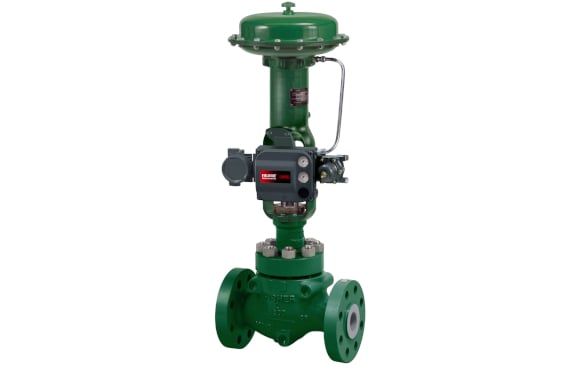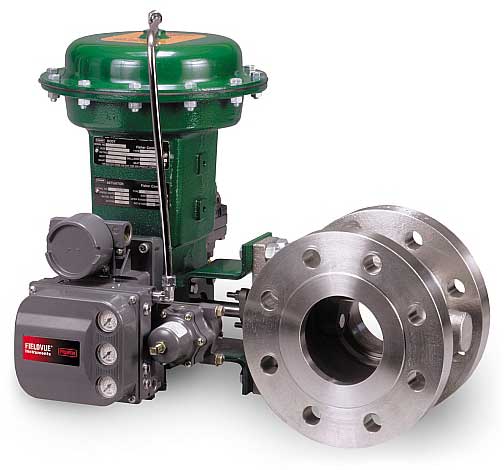Checking out the Performance of Modern Control Valves in Industrial Applications

Maximize Power Savings and Convenience With Advanced Structure Automation Controls
In the realm of contemporary style and center administration, the combination of sophisticated structure automation regulates stands as a critical development. By taking advantage of the power of automation, structures can adjust, react, and advance in means that were once unthinkable.
Energy Efficiency Perks
Energy efficiency advantages can significantly reduce energy intake and functional costs in buildings. By applying energy-efficient practices and technologies, building owners and drivers can accomplish considerable cost savings while additionally adding to ecological sustainability. One of the primary advantages of improving energy effectiveness in structures is the decrease of utility costs. Energy-efficient systems, such as advanced structure automation controls, can enhance making use of resources like heating, illumination, and cooling, resulting in lower power costs over time.
Furthermore, enhanced power effectiveness can prolong the life expectancy of building tools and systems. By operating much more efficiently, heating and cooling systems, lighting fixtures, and various other structure components experience much less damage, leading to minimized maintenance and replacement prices. Furthermore, energy-efficient buildings frequently command higher property values and rental rates, giving long-lasting monetary benefits to owners.
Furthermore, power effectiveness can improve occupant comfort and efficiency. Properly controlled indoor atmospheres with optimum illumination and thermal problems create an even more enjoyable and conducive workspace, leading to improved employee fulfillment and efficiency. On the whole, the energy effectiveness advantages connected with sophisticated structure automation controls are complex, encompassing expense financial savings, ecological stewardship, and owner health.
Enhanced Comfort Control
Enhancing convenience control in structure atmospheres needs an advanced integration of advanced automation systems for optimal owner health. By using sophisticated building automation controls, facilities can customize the interior setting to fulfill the certain requirements and preferences of occupants. control valves.
By integrating these advanced controls, structures can not only enhance convenience yet additionally improve power efficiency by maximizing system procedures based on real tenancy and use patterns. Inevitably, focusing on occupant comfort through innovative automation systems leads to a more delightful and healthier indoor setting.
Functional Effectiveness Improvements

Moreover, the application of real-time monitoring and analytics devices enables structure drivers to determine energy inadequacies and operational anomalies immediately. By continuously keeping track of energy usage patterns and system performance metrics, modifications can be made in real-time to enhance power consumption and guarantee peak functional performance. control valves. Additionally, incorporating need response methods right into structure automation controls can even more improve functional efficiency by dynamically adjusting power use based on grid conditions and rates signals
Indoor Climate Optimization
Effective interior climate optimization is an essential facet of building automation controls, making sure occupants' convenience and health while making the most of energy cost savings. By making use of sophisticated sensors and controls, constructing automation systems can continuously change and monitor temperature, moisture levels, air high quality, and air flow to create an optimal indoor setting. Maintaining constant and comfy conditions not only enhances owner contentment however additionally boosts efficiency and total wellness.
Interior environment optimization likewise plays a vital function in energy performance. By fine-tuning ventilation, cooling, and heating systems based go to these guys on real-time information and occupancy patterns, constructing automation controls can considerably decrease energy consumption - control valves. Executing strategies such as demand-controlled air flow and thermal zoning can help minimize power waste while making sure that each location of the structure gets the required conditioning.

Lasting Environment Creation
Structure automation controls not just maximize indoor climate problems for power performance and resident comfort yet additionally lay the foundation for producing a lasting setting via strategic monitoring of systems and resources. By incorporating advanced building automation modern technologies, such as sensing units, actuators, and smart software program, centers can check and readjust power usage in real-time to reduce waste and reduce their carbon impact. These systems allow predictive upkeep, determining potential concerns before they intensify and enhancing devices efficiency to boost longevity and performance.
Furthermore, sustainable setting creation expands beyond power administration to include water conservation, waste decrease, and interior air top quality renovation. Structure automation controls can manage water usage, find leaks, and guarantee correct waste disposal practices, contributing to overall sustainability efforts. Additionally, by controlling and monitoring ventilation and filtration systems, these innovations improve resident health check it out and wellness and performance while reducing energy usage related to a/c procedures.
Final Thought
Finally, progressed structure automation manages offer substantial advantages in regards to energy financial savings, comfort control, functional effectiveness, indoor environment optimization, and producing a sustainable atmosphere. By carrying out these controls, buildings can achieve optimal performance while reducing power intake and enhancing resident comfort. It is evident that the usage of innovative automation technology is vital in boosting structure efficiency and creating a more sustainable future.
Energy efficiency benefits can substantially minimize power intake and operational expenses in buildings. Generally, the power performance benefits linked with innovative building automation controls are diverse, incorporating cost financial savings, ecological stewardship, and resident well-being.
Additionally, including need feedback strategies right into building automation controls can further boost functional efficiency by dynamically adjusting power use based on grid problems and prices signals.
Structure automation manages not just maximize indoor environment conditions for power performance and occupant comfort but likewise lay the structure for creating a sustainable environment through strategic administration of sources and systems.In verdict, progressed building automation manages offer substantial advantages in terms of energy savings, useful site comfort control, functional efficiency, indoor environment optimization, and producing a sustainable environment.